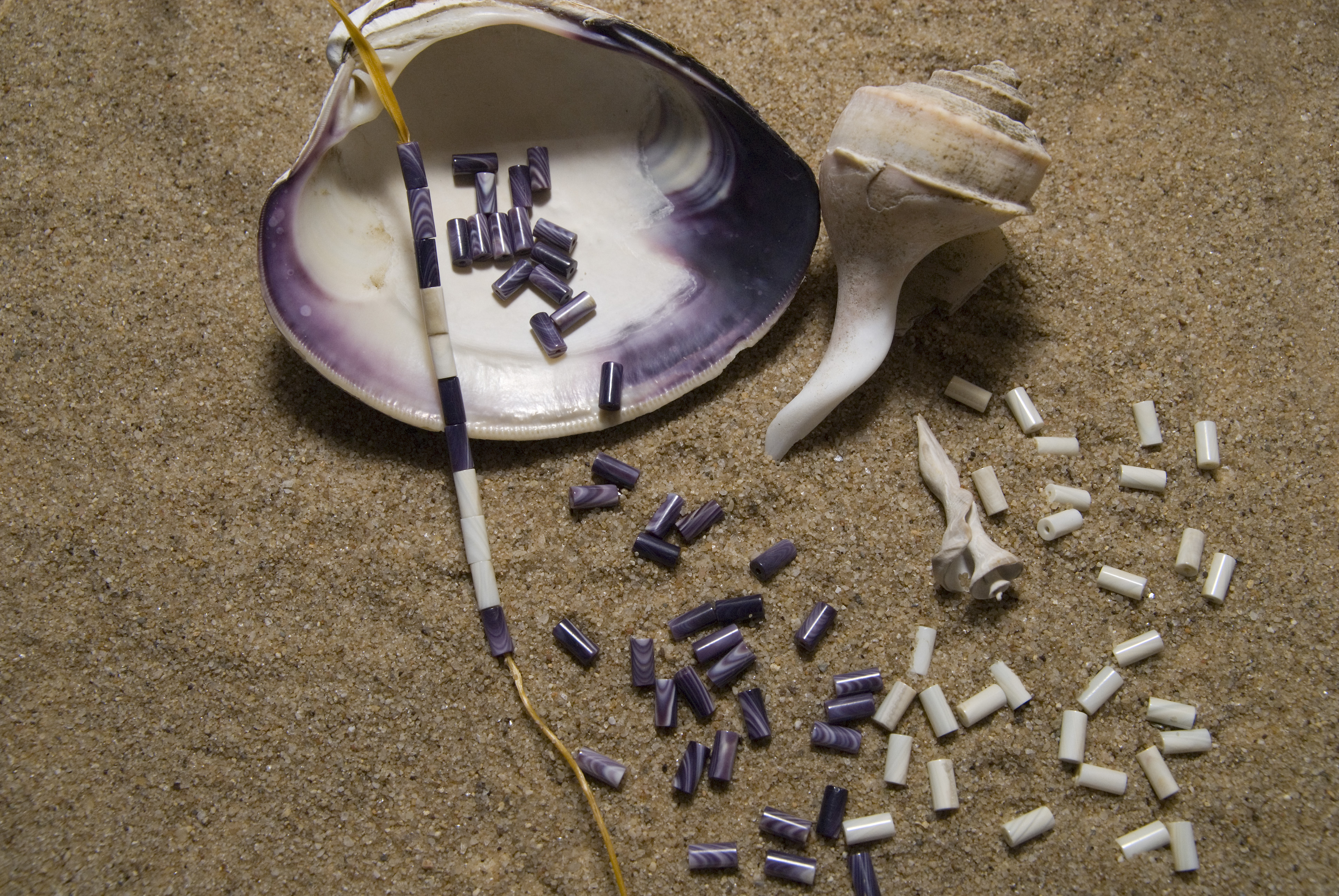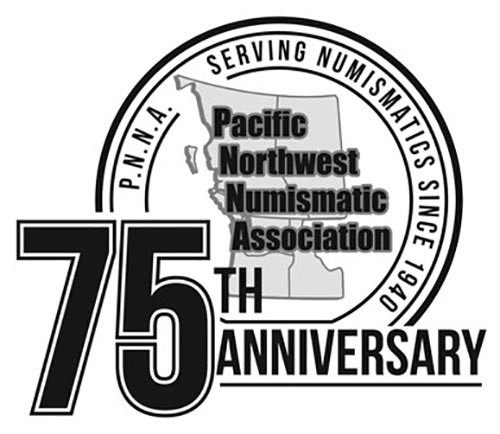
When Europeans began traveling in masses to the New World during the 17thcentury, many arrived with little more than the clothes on their backs. Having spent virtually every last bit of available worth for the trip across the pond, the new settlers began searching for the means to trade, barter and purchase necessities for survival.
The pre-existing inhabitants of the land would prove to be well-versed in obtaining many of the primary provisions needed for everyday life. Thus began a trading relationship that would evolve into currency exchange, but not in the manner of which we may think by today’s standards.
Wampum was the widely accepted and preferred method of payment between Native American tribes (most notably Iroquois, Narragansett, and Hiawatha) for years prior to the settler’s arrival. Made from quahog clamshells, polished and formed into cylinders, the white and purple beads were then sewn into various desired lengths of strings. They would then be linked together to form artistic bands, often representative of a story, tale or historical time in that community. When what one may consider normal bartering (i.e. trading for eggs, clothing, hay, etc.) was not an option, wampum became the go-to method of payment.
Recognized between tribes and colonists all up and down the East Coast, wampum became a legal form of tender in the not yet established United States in 1637. By the late 1700’s new tools were being used to create wampum, causing mass production and a teetering hyperinflation of the beads. The now abundant tender, with lower quality of craftsmanship, was worth next to nothing; prompting the abandonment of wampum as a method of payment for taxes.

As many banks, mints and forms of government entities began producing their own notes, value and reliability of the items themselves rested solely on the reputation of the issuing institution. If an institution was not known outside their region, often times the currency was not accepted and thus forced out of circulation. It would take an additional
100 years to fully do away with wampum before adopting the legal paper currency and coins of the latter 1800’s.
Once paper money and coinage were adopted as the only legal tender in the United States, the federal government no longer recognized all former currency, tobacco or fur (wampum included). Currency was then printed and struck through the regulated mints, leaving commodities as just that, commodities.
Today, wampum is once more considered to have a high value but only as an artifact to the right buyer. Though many times the artifacts are given back to the tribe or donated to museums, there are some dealers who have been known to sell a band of 10 or more linked strings for up to $2,200.
If you like this article, then you might enjoy other articles in our archives, such as Great American Mines, Part Five: Oregon Gold Country.
Liberty Coin & Currency specializes in rare coins and currency. We are family-owned business located in Portland and Vancouver. We are also gold, silver, diamond, currency and jewelry buyers. Visit us first for a free evaluation.
Like our post? Let us know on Facebook, Twitter, Instagram, or Pinterest.







